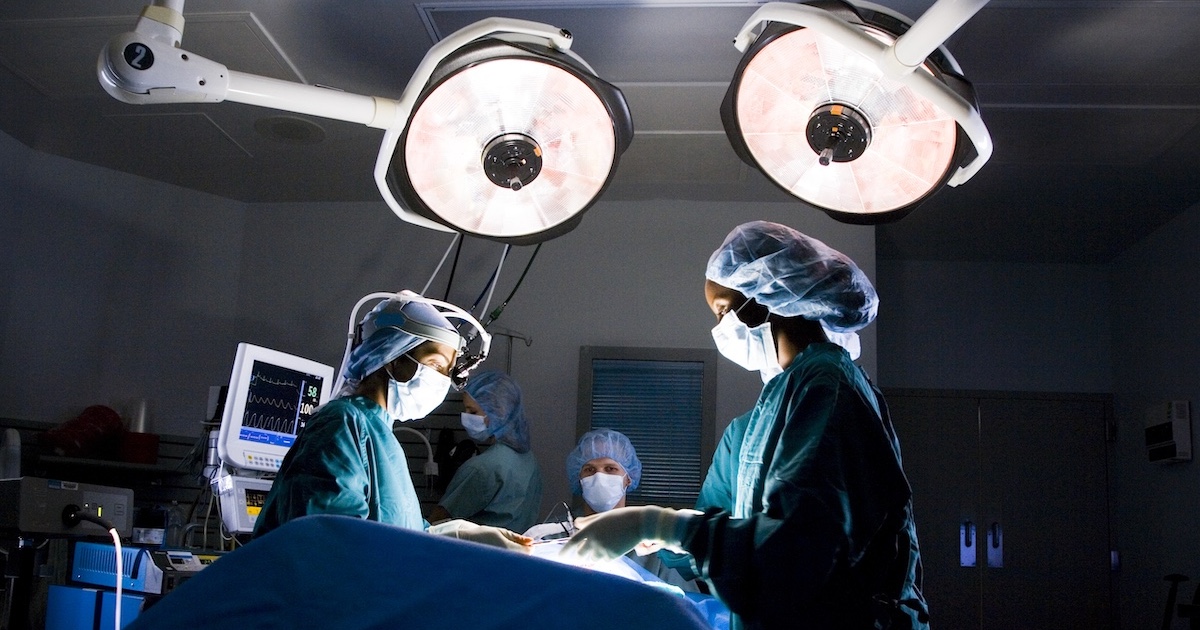
Elon Musk announced during a Y Combinator event that his brain-computer interface implant startup Neuralink will conduct its first human implants of Blindsight within six to 12 months after a monkey has had the implant active for three years.
Blindsight aims to restore vision to individuals with visual impairments, including congenital blindness, by implanting a microelectrode array into the visual cortex of the person's brain. The array then activates neurons, which then provide the individual with a visual image.
"In the next six to 12 months, we'll be doing our first implants for vision, where, even if somebody is completely blind, we can write directly to the visual cortex, and we've had that working in monkeys. Actually, I think one of our monkeys now has had the visual implant for three years," Musk said during the discussion.
Musk said that one's vision will be relatively low-resolution at first, but eventually, an implantee will have very high-resolution sight, being able to see multi-spectral wavelengths.
"So, you could see in infrared, ultraviolet, radar, like a superpower situation," Musk said.
"At some point, the cybernetic implants would not simply be correcting things that went wrong, but augmenting human capabilities dramatically – augmenting intelligence and senses and bandwidth dramatically."
THE LARGER TREND
Neuralink received FDA breakthrough device designation for Blindsight in September 2024.
The company filed applications in early March with the U.S. Patent and Trademark Office (USPTO) to trademark the terms "Telepathy," "Blindsight" and "Telekinesis."
In addition to Blindsight, the applications pertain to Neuralink's first product, Telepathy, a brain-computer interface that aims to enable users to control devices with their thoughts, and Telekinesis, a term Musk has used interchangeably with Telepathy relating to controlling devices using one's mind.
Neuralink also developed a brain-computer interface (BCI), which Musk said during the Y Combinator event has been implanted into five individuals.
Neuralink's BCI involves the placement of a small, cosmetically invisible implant in the area of a person's brain that plans movements. The N1 implant is designed to interpret one's neural activity to assist them in operating a computer or smartphone by simply intending to move.
Brad Smith was one of the individuals who received a Neuralink BCI implant. Smith has ALS and is completely non-verbal. He cannot move anything but his eyes and relies on a ventilator to stay alive. The implant now allows him to communicate using telepathy.
In April, Smith released a video on X about his experience with Neuralink and how it works. The video is narrated using an AI-generated replica of Smith's voice cloned from past recordings, and Smith uses the BCI to control the mouse on his MacBook Pro to perform the narration.
"You've got people with ALS who [are] tetraplegics, but they can now communicate with similar bandwidth to a human with a fully functioning body and control their computer and phone, which is pretty cool," Musk said during the event.
Neuralink's ambitions move beyond healthcare. Musk has previously stated that the company's BCI will enable symbiosis between the human brain and artificial intelligence.
Musk said that overall, Neuralink will have the ability to improve everyone's input and output bandwidth.
"Neuralink is not necessary to solve digital super intelligence; that'll happen before Neuralink is at scale," Musk said during the event.
"The sustained output of a human over the course of a day is less than 1 bit per second. So, there's 86,400 seconds in a day, and it is extremely rare for a human to output more than that number of symbols per day. With a Neuralink interface, you can massively increase your output bandwidth and your input bandwidth."


